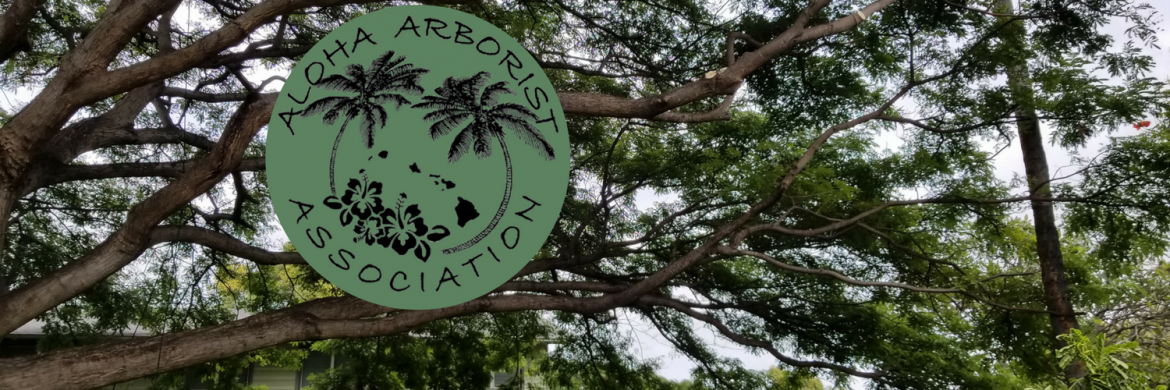Monkeypod Round-Headed Longhorn Beetle – Xystrocera globosa
- Hosts: Wide range of species of wild and cultivated leguminous trees, (Mimosaceae, Papilonaceae), belonging to genera such as Acacia, Acrocarpus, Adenanthera, Adina, Albizzia, Bauhinia, Cassia, Duabanga, Haematoxylon, Parkia, Xylia, Paraserianthes, Samanea, and several Malvaceae (Grewia, Salmalia) and Rosaceae (Prunus).
- Distribution: Originates from Southeast Asia, and is widely distributed. X. globosa is found in East Pakistan, India, Indonesia, Sri Lanka, Myanmar, Thailand, Laos, Malaysia, Philippines, Seychelles, Oceania, New Guinea, Hawaiian Islands, Madagascan Region, Caribbean (Puerto Rico), and subtropical areas of the Palearctic Region (Arabia, Egypt), Japan, Korea, Taiwan.
- Damage: The round-headed monkeypod boring beetles attack stressed trees with grubs making large galleries in the sapwood. The galleries comprise two sections. The pre-pupal section is at a right or obtuse angle to the outer bark at least halfway through the bark. The pupal section is usually within the sapwood running parallel to the bark. Tree vigor and health minimizes the possibility of borer infestation.
- Control: When the pests are within these galleries, spray insecticides are ineffective. One reference suggests that it may be possible to skewer the grub with a stiff thin wire. These grubs are considered delicacies in some areas of the world. References disagree on the effectiveness of systemic insecticides. As adults, these beetles are nocturnal and control is difficult.
Click here for more information and photos.
References: Maui Gardening Newsletter Fall 2012 and 5 New Invasive Species of Israel.

